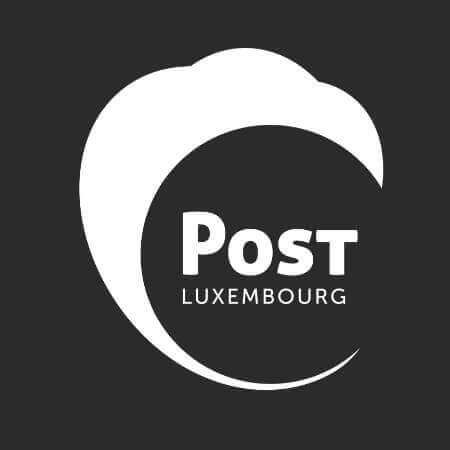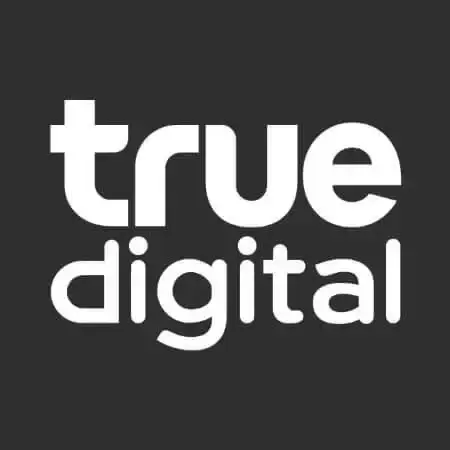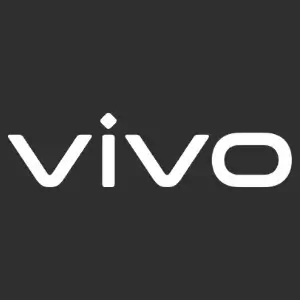Any well-orchestrated move towards digital transformation requires a flexible platform with the above-mentioned capabilities. These capabilities come in the form of modules. But what is more relevant? Open-source modules widely available on the market? Proprietary software with specific purpose?
Open source can be a good choice for exploration, such as, when trying to identify new data monetization strategies that have not previously been assessed. Or when trying to bridge a gap in functionality between two pieces of software in order for everything to work together. However, to roll out at commercial scale a digital strategy relying on cases with proven track records and advantages, opt for commercial software.
The reason for this is two-fold:
From a technology standpoint, assembling many pieces coming from multiple sources is cumbersome, inefficient, difficult, and in most cases, time-consuming and risky. In that regard, a well-designed piece of software coming from a single commercial vendor is always superior.
From a business standpoint, business-specific adjustments made to a commercial product always stem from the past experiences of the vendor. Customers benefit from improvements recommended by existing customers and from a roadmap. This ensures permanent progress as well as faster returns.
IT organizations care about maintaining control over their work product. This is why they should choose commercial software with enough scalability, through well-documented APIs and ideally a framework to either personalize or extend the commercial product. This strategy presents the least risk, especially in terms of time to market while staying relatively independent from the vendor, and making sure the internal development workforce will add value by customizing the platform and integrating it with third-party products already present in the IT ecosystem.
 The Intersec Philosophy" />
The Intersec Philosophy" />

.jpg)









.webp)


.webp)




















